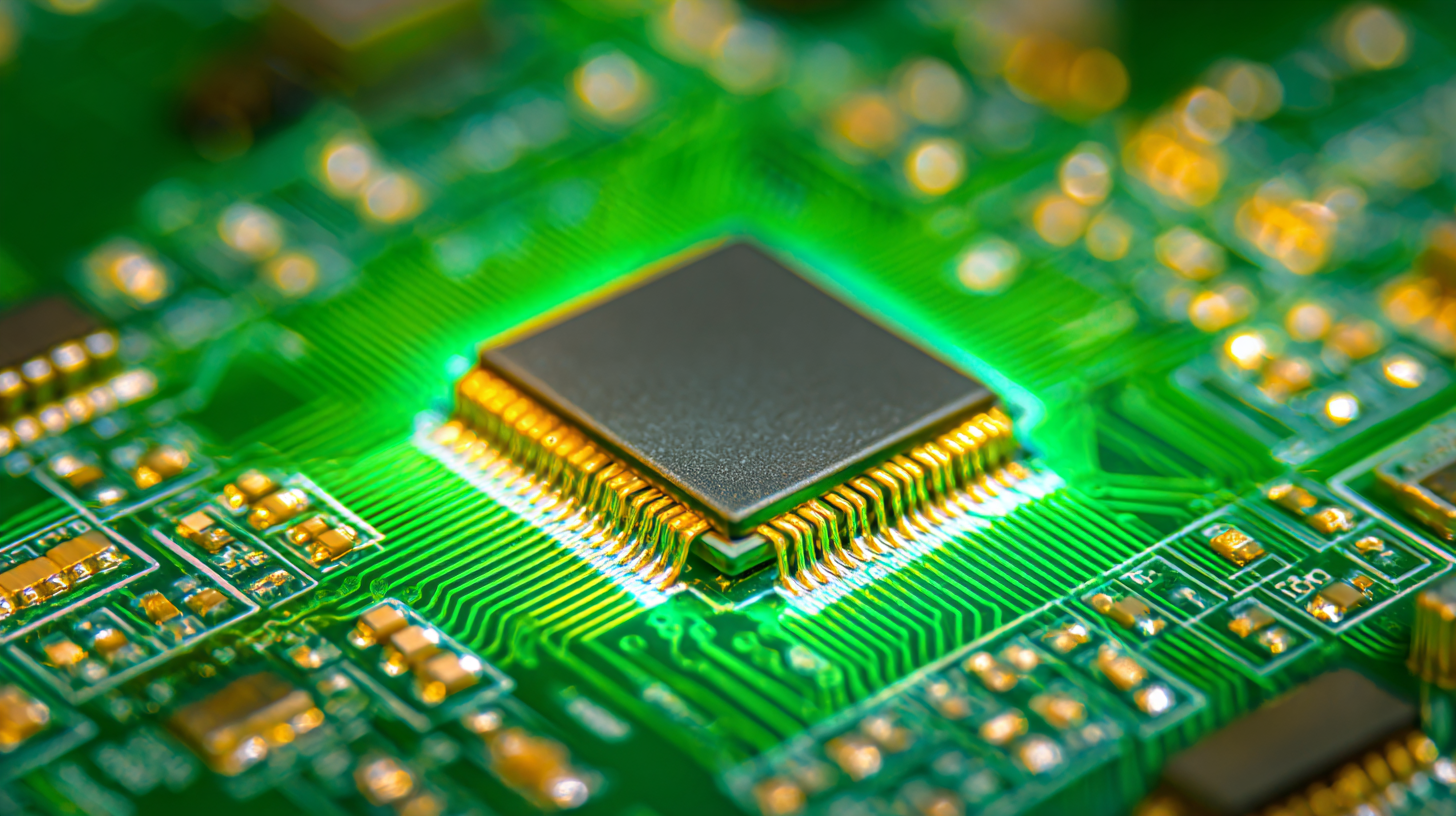In today's rapidly evolving electronics landscape, the demand for speed and efficiency in production processes has never been greater. According to a recent report by IPC, the global printed circuit board (PCB) market is projected to reach $84 billion by 2027, driven by the increasing adoption of smart technologies and IoT devices. To keep pace with this growth, manufacturers are turning to fast PCB manufacturing techniques that optimize design and production timelines. By leveraging advanced technologies such as automated design tools, rapid prototyping, and streamlined supply chain management, companies can significantly reduce lead times and enhance product quality. Mastering these fast PCB manufacturing methods not only meets the urgent market demands but also positions businesses for sustainable growth and competitive advantage.

In today's fast-paced technological landscape, the necessity of rapid PCB (Printed Circuit Board) manufacturing cannot be overstated. As reported by the PCB Manufacturing Association, the demand for quick-turn prototyping has surged, with the market for quick-turn PCB services projected to grow by 15% annually through 2025. This demand arises from the need for businesses to accelerate their product development cycles and respond swiftly to market changes. Quick turnaround times not only enhance a company’s competitive edge but also drive innovation, ensuring that organizations can meet consumer expectations for faster and more efficient electronic devices.
Moreover, fast PCB manufacturing techniques have evolved significantly, incorporating advanced technologies such as automated assembly and high-density interconnect (HDI) designs. According to a study by Research and Markets, the HDI PCB market alone is expected to reach $28 billion by 2024, highlighting a shift toward more intricate and compact circuit designs that require efficient manufacturing processes. The adoption of these techniques allows for higher circuit performance while reducing production costs and time, proving essential for companies aiming for optimal results in their electronic products. In a market where time-to-market is crucial, understanding and implementing fast PCB manufacturing is not just advantageous but necessary for survival and growth.

When it comes to PCB manufacturing, speed and quality are often seen as opposing forces. However, there are key techniques that can help accelerate production without compromising the final product's integrity. One effective approach is the implementation of advanced automated machinery. These innovative tools can streamline processes, reducing human error and increasing throughput. Investing in high-speed pick-and-place machines and laser cutting technologies can drastically shorten production times.

Advanced materials play a crucial role in enhancing fast PCB manufacturing processes. Innovations in material science have led to the development of high-speed laminates, which are not only lightweight but also exhibit superior thermal stability. These materials are designed to accommodate the rigorous demands of contemporary electronics, allowing for reduced signal loss and improved performance in high-frequency applications. By utilizing advanced composites and resins, manufacturers can achieve faster production times without compromising the quality and reliability of the final product.
Moreover, the integration of flexible materials is revolutionizing PCB designs. These materials allow for the creation of thinner, lighter, and more intricate circuit boards that can be easily incorporated into compact and portable devices. The adaptability of flexible PCBs makes them ideal for applications in wearables and IoT devices, where space constraints are significant. As the industry continues to adapt to the rapid pace of technological advancements, a focus on these innovative materials will ensure that fast PCB manufacturing not only meets but exceeds the expectations of modern electronic applications.
The Role of Automation in Streamlining PCB Production Processes
In today's fast-paced electronics industry, automation plays a crucial role in optimizing PCB manufacturing processes. According to a recent industry report by IPC, automated production lines can increase efficiency by up to 30%, significantly reducing cycle times and labor costs. Automated systems enhance precision during the assembly and soldering stages, thereby minimizing the potential for human error and ensuring consistent quality across batches. With the growing demand for high-quality PCBs, integrating automation not only boosts productivity but also retains competitive advantage.
**Tip:** Invest in advanced robotic systems that can handle multiple tasks simultaneously. This flexibility allows manufacturers to scale production quickly in response to market demands.
Moreover, automation facilitates real-time monitoring and data collection, enabling manufacturers to make informed decisions on production adjustments. As reported by a study from Market Research Future, companies utilizing smart automation have seen reductions in production costs by up to 20%. By implementing predictive maintenance strategies through IoT devices, manufacturers can foresee equipment issues before they lead to costly downtime.
**Tip:** Leverage software solutions that provide analytics and insights on production workflows. This information is invaluable for continuous improvement initiatives.
This chart illustrates the time efficiencies in various phases of PCB production, highlighting the importance of automation and streamlined processes for optimal manufacturing results.
In today's fast-paced technological landscape, cost-effective PCB manufacturing is more vital than ever. As businesses strive to innovate while keeping expenses manageable, the ability to produce high-quality printed circuit boards quickly and affordably has become a key differentiator. The rise of advanced manufacturing techniques, such as rapid prototyping and automated assembly, is enabling companies to reduce lead times and enhance product development cycles without compromising on quality.
Moreover, the comprehensive analysis of cost-effectiveness reveals that these fast manufacturing solutions not only lower production costs but also cater to the heightened demand for sustainable practices. As electronic waste continues to surge, manufacturers are increasingly seeking methods that minimize environmental impact. By investing in efficient PCB manufacturing processes, businesses can address the growing concerns surrounding electronics waste while remaining competitive in the market. Embracing these trends is essential for companies looking to thrive in an industry that values both innovation and sustainability.

